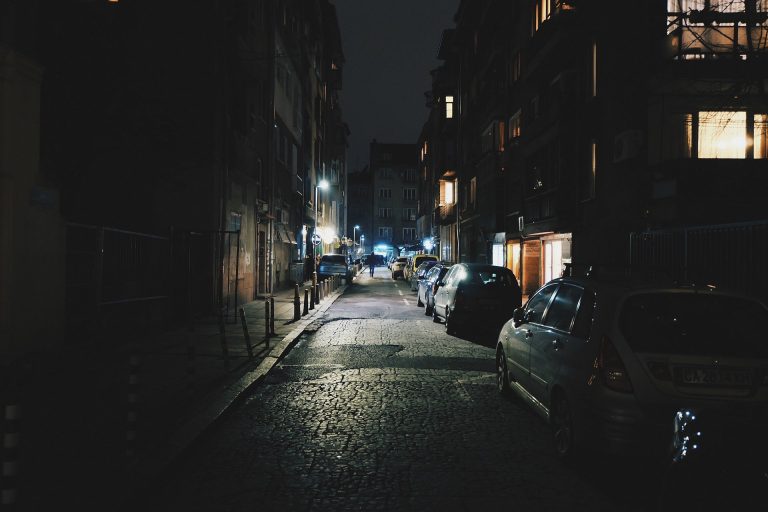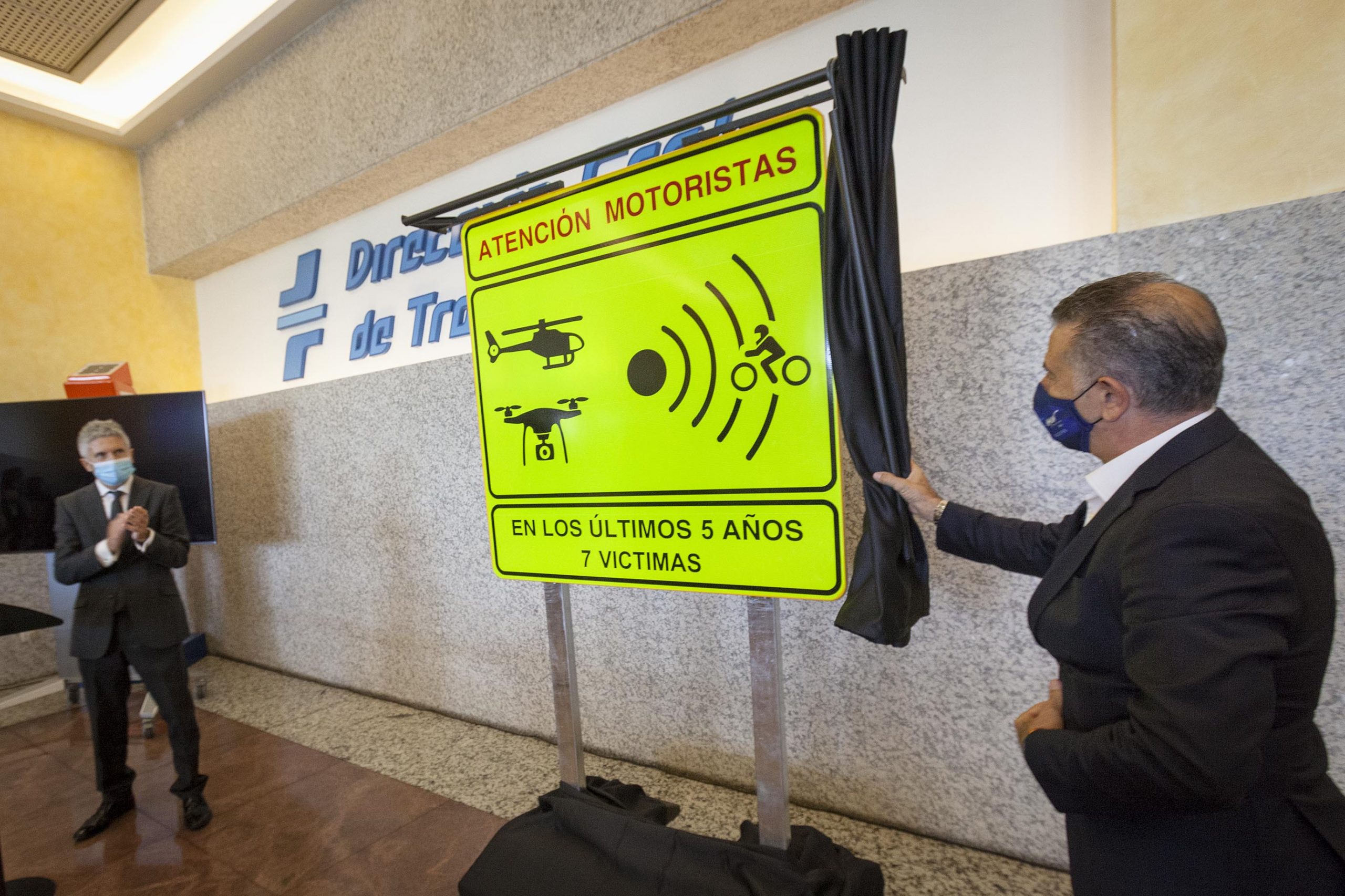The Spanish government today declared a new state of alarm in Spain. With the increasing numbers of COVID-19 infections in recent days this comes as no surprise. The state of alarm will initially be in place for 15 days but the government is seeking to extend this to 9 May 2021.
The new state of alarm in Spain is not as strict as the one put in place in March 2020. The idea is to curb movement at night and possibly between regions if the situation deteriorates.
From today, a curfew is in place whereby you cannot leave your property between the hours of 11pm and 6am. This is a national curfew with the exception of the Canary Islands which has far lower infection rates than the rest of Spain.
The Central Government has given the regions some flexibility. They are permitted to move the hours of the curfew an hour either way.
Other powers the Regions will have is to restrict movement between areas under their control or even the whole province.
There are some exceptions
You can leave your property during the curfew hours but only if you have a justified reason. For example, to attend the doctors or you work during these hours.
Can you still meet friends?
The maximum number of people that can gather socially is six or less.

Agreed measures to determine Regional actions
The Health Ministry has agreed an action plan with the regional authorities. There are a number of indicators that are factored into a calculation to determine this action. Regions will be graded into one of four categories, extreme, high, medium and low.

